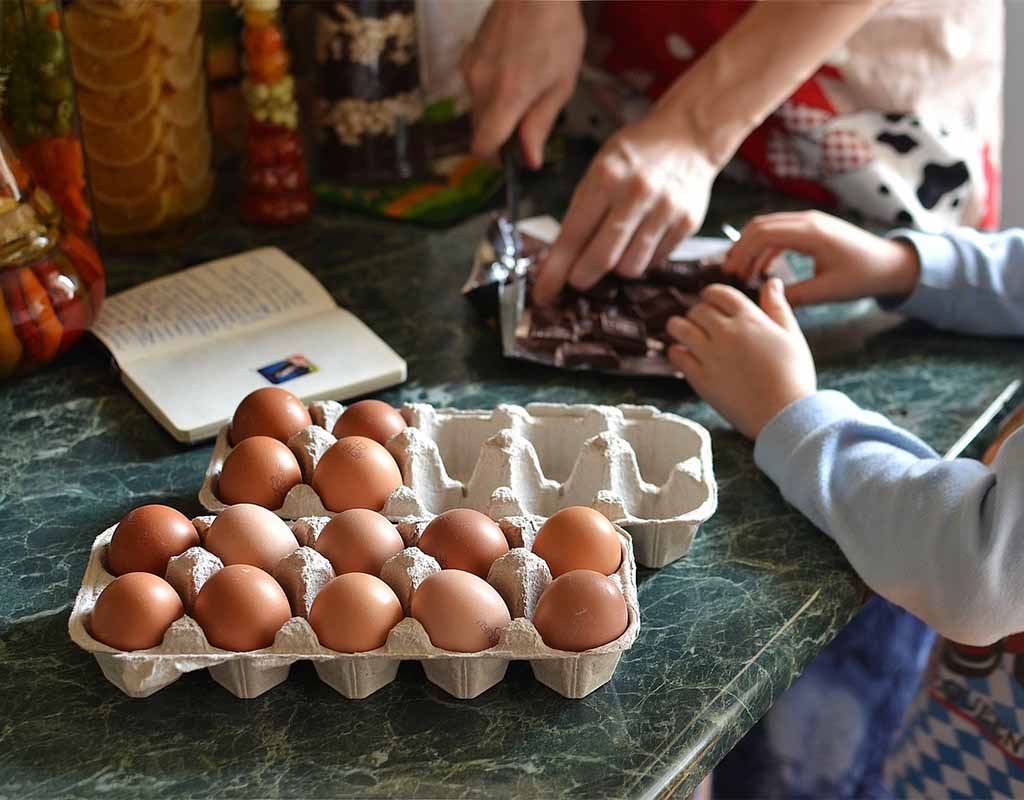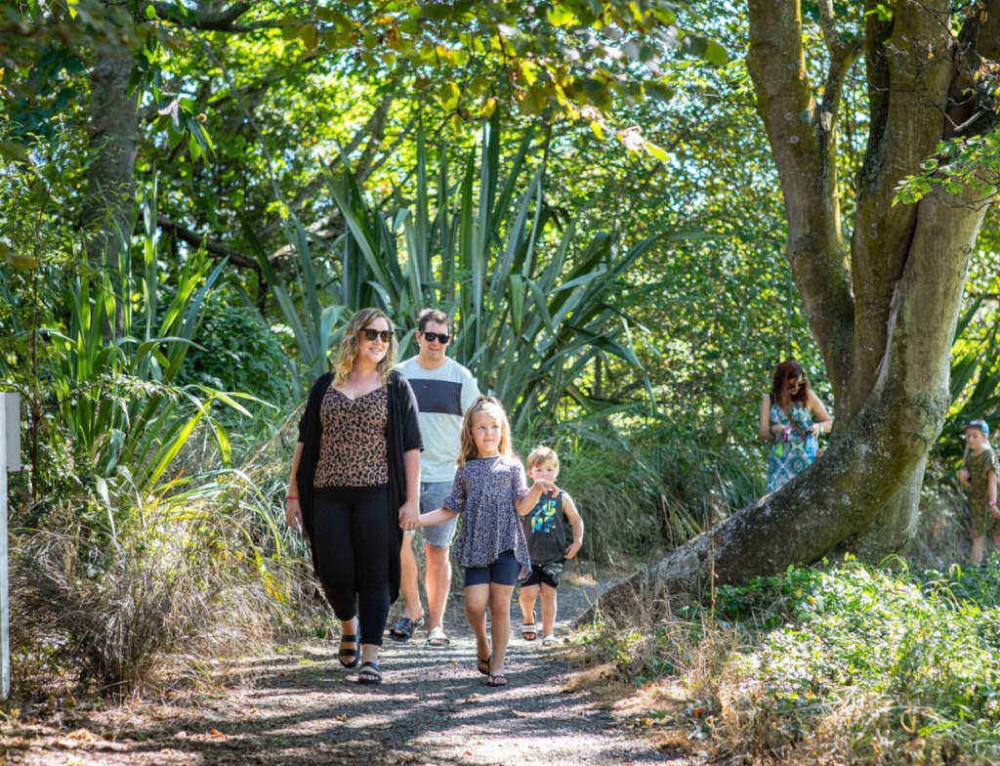Promotion for New Zealand Food Safety
There are many benefits to teaching your children how to prepare meals, snacks, and to bake, but the most important lesson is learning safe food handling practices.
Find out why food safety is so important – plus the key things you need to teach your child with these tips.
Why is food safety so important?
Every year around 200,000 New Zealanders get food poisoning. Bacteria that may have found their way into your food, such as staphylococcus or E. coli can easily multiply, especially in warm weather, and cause your family to become ill. Food poisoning symptoms may include headaches, fever, diarrhoea, abdominal cramps and muscle pain. For young children whose immune systems are still developing, a bout of food poisoning could have some serious consequences.
There are 3 simple rules that you can teach your children that are summed up in a catchy rhyme – ‘Clean, cook, chill, and don’t get ill’.
Clean …
The very first thing your child should do is wash their hands as this is one of the best ways to prevent bugs from spreading. Use soap and warm running water and wash for at least 20 seconds. A nail brush is great for getting under grubby nails. Make sure they dry their hands thoroughly using a clean hand towel or a paper towel.
Encourage children to tidy as they cook. Aside from making the work area less chaotic, this reduces the risk of cross contamination. Teach your children to use different cloths for different jobs e.g. dry their hands on a hand or paper towel (not the tea towel) and to wipe up messes on the floor with a floor mop or towel, which is different from the one they use for the sink or bench. Paper towels are also great to use to wipe up things like raw meat juices and then disinfected. Items used to prepare raw meat should be washed in hot soapy water immediately.
While food tasting is part of cooking, teach them to use a clean spoon each time they taste to be sure there is no contamination. Also, licking the bowl is probably the best part of baking but there is a slight risk of food poisoning from raw egg so avoid the taste-testing until it’s ready.
Cook …
Show kids how to check the use-by date on packaged foods and the best-before-date on items with limited fridge-life (and don’t eat it if the date has passed). If in doubt, chuck it out!
Some foods are more likely to cause food poisoning than others. Chicken, mince and sausages should be cooked right through to ensure any harmful bugs are killed. The easiest way to check is to use a meat thermometer to check the internal temperature in the thickest part is at least 75 degrees Celsius. Show your child how to read the temperature correctly. Alternatively, wait until the juices run clear, and you’re good to go.
If you are reheating food, it should be heated to steaming hot and only ever reheat food once.
Chill …
Getting the kids to help put away the groceries is a great labour saving option for you! Teach them to store raw meat on the bottom shelf of the fridge well apart from prepared food, fruit and veges. They could pop meat in a covered container if it is dripping and wipe up any spills with a disinfectant spray straight away.
Children often take a while to understand what should be refrigerated and what should be frozen so it might pay for you to double check their work for a while.
The kids can also help with storing uneaten food in the fridge. Food should always be covered before putting in the fridge. Don’t put hot food in as it can cause the fridge to warm up, but don’t leave food out for more than 2 hours (in hot weather reduce this to half an hour).
Find out more about food safety
For more food safety tips visit www.foodsafety.govt.nz/ccc
 Written by Robyn
Written by Robyn
Robyn creates content on Kidspot NZ. Her hobbies include buying cleaning products and wondering why things don’t then clean themselves, eating cheese scones with her friends, and taking her kids to appointments.
Favourite motto to live by: “It’s just a phase.”







Having 3Cs would be a good way of teaching food safety. A small little written reminder would be a good visual guide to be place in front of the fridge and it also helps to remind me as well.
Hand washing is my main concern as most children don’t tend to wash there hands properly or for long enough and like this article says drying them properly and not with the tea towel. I have caught the kids with the dish cloth wiping the floor after they spilt things and remind them to put straight out to the laundry as it’s disgusting the floor is such a dirty environment compared to a clean bench.
This is a great read. And I agree by far the most important food handling tip is to make sure you wash your hands before preparing food. I always tell my children to boil the jug and pour it onto the bench surface to kill any bugs before starting to prepare food also. And we always have alot of paper towels to help dry the bench after sterilisation. My kids are getting good with checking expiry dates on foods which is good and always ask to opt in and help cooking because if they do then they don’t have to do dishes lol which is abit sneaky but they always find meal preparing and cooking super fun which is good.
We keep our 7 year old involved in the kitchen, that includes always washing hands before (even during) and after food etc. Handling eggs is a risk and when we bake we always wash our hands after handling eggs. Teaching her also about left over foods and keeping them covered and chilled is also a big one